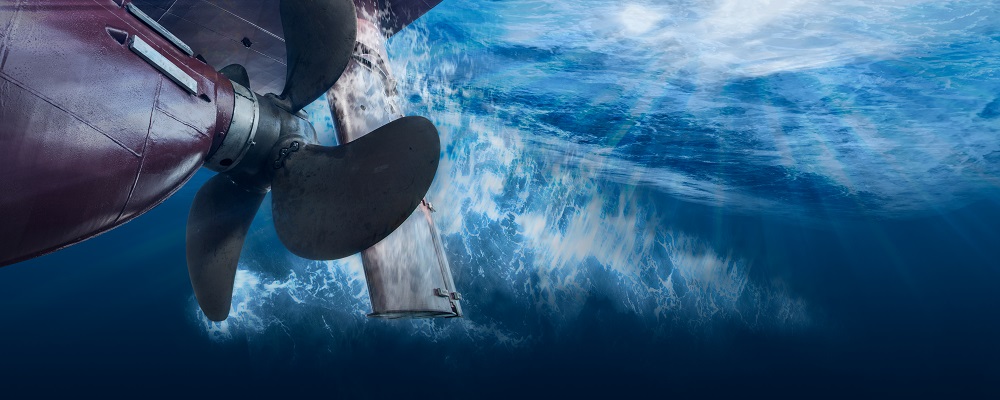
A new ASTM International guide developed to help the marine industry determine whether a lubricant is environmentally acceptable will begin the first round of balloting next month, according to industry officials.
The United States Environmental Protection Agency’s Vessel General Permit 2013, mandated as part of the agency’s Clean Water Act, established that all vessels more than 79 feet in length must use environmentally acceptable fluids in all ship-sea interfaces. These include stern tubes, thrusters and on-deck equipment.
The EPA uses three criteria to determine if fluids are environmentally acceptable: rates of biodegradation, toxicity and whether the fluid is non-bioaccumulative.
The new guides goal is to help end users of marine lubricants determine whether a product qualifies as environmentally acceptable under VGP 2013’s specifications. Titled Environmentally Acceptable Lubricants Compliant with U.S. EPA Vessel General Permit and Use in Marine Applications, the guide covers hydraulic fluids, greases and stern tube and gear lubricants, according to Paula Vettel, Novvi LLC‘s technical director, formulations and regulatory.
At the time of the guides creation, the groups working on it determined the contents should include information on the categories of environmentally acceptable hydraulic fluids, a summary of current EAL standards from VGP 2013 and the European Union’s Ecolabel, minimum performance test requirements for several lubricant categories used on marine vessels and an appendix which would include VGP 2013 EAL requirements in a tabular format.
The guide is a collaboration between ASTM D02.12, a subcommittee that works on environmental standards for lubricants, and F-25.06, which is comprised of marine industry end users and concerns marine environmental protection. Vettel serves as vice chair of D02.12.
“The idea is that we combine both technical information and the eco specifications from VGP 2013,” Vettel told Lube Report. “It’s a guide to tell the ship industry how to look at a lubricant and see how it qualifies for VGP 2013 and also technically to see a guide to the testing, or what tests the various lubricants should pass. The ship industry needed to become aware of what environmental lubricants are.”
The first ballot for the guide is currently being prepared. After the D02.12 committee examines the guide to ensure it fits ASTM form and style, it will go out for ballot, likely in July. Balloting is a review process where other ASTM committees, in this case F-25.06, may submit suggestions, comments or negatives regarding the guide.
The goal is to settle any comments or criticisms by this years December meetings, Vettel said. Should that happen, the guide is likely to be officially published in early 2020.
Development of the guide began in June 2015 after an EPA official recommended its creation to F-25.06.